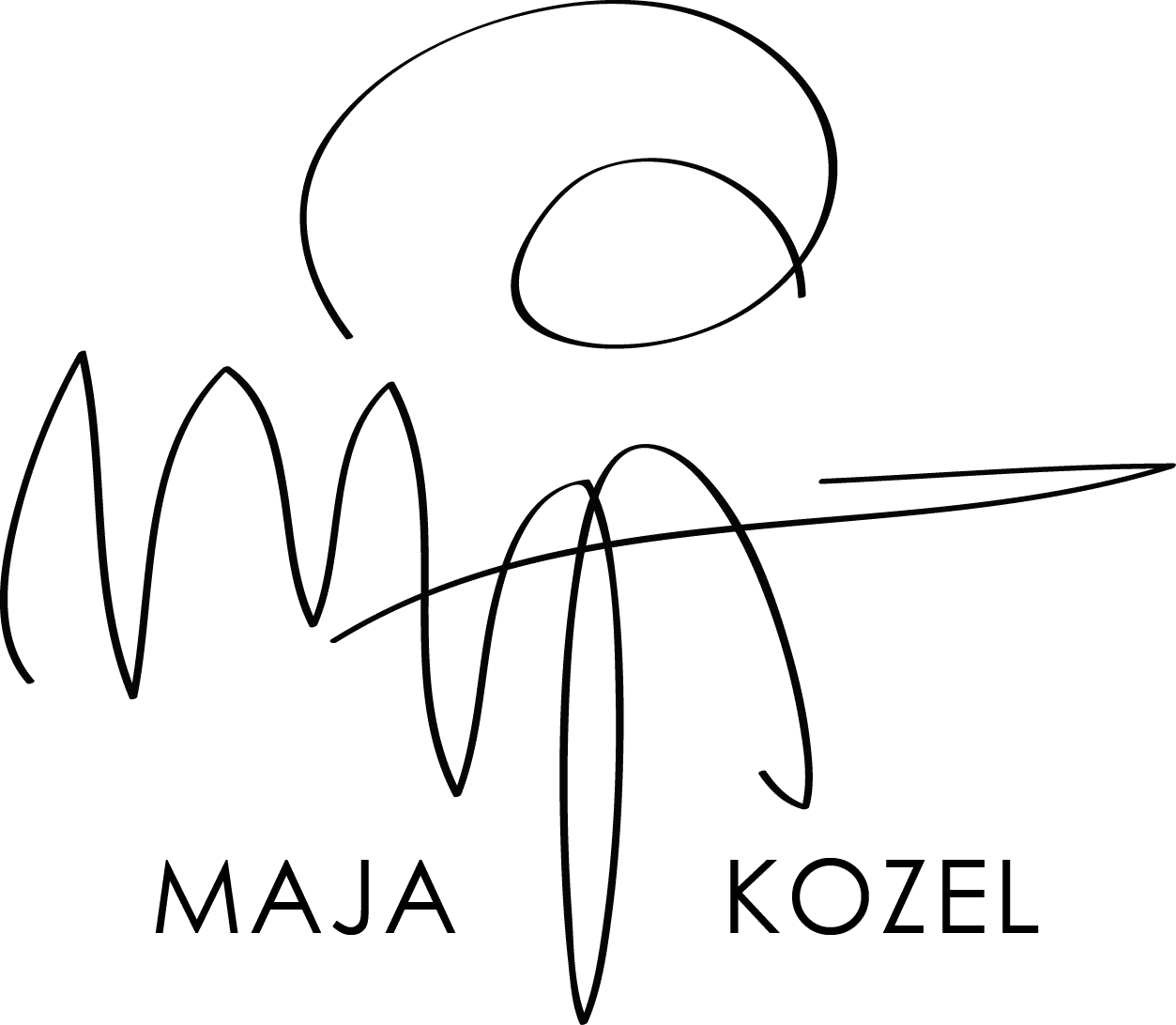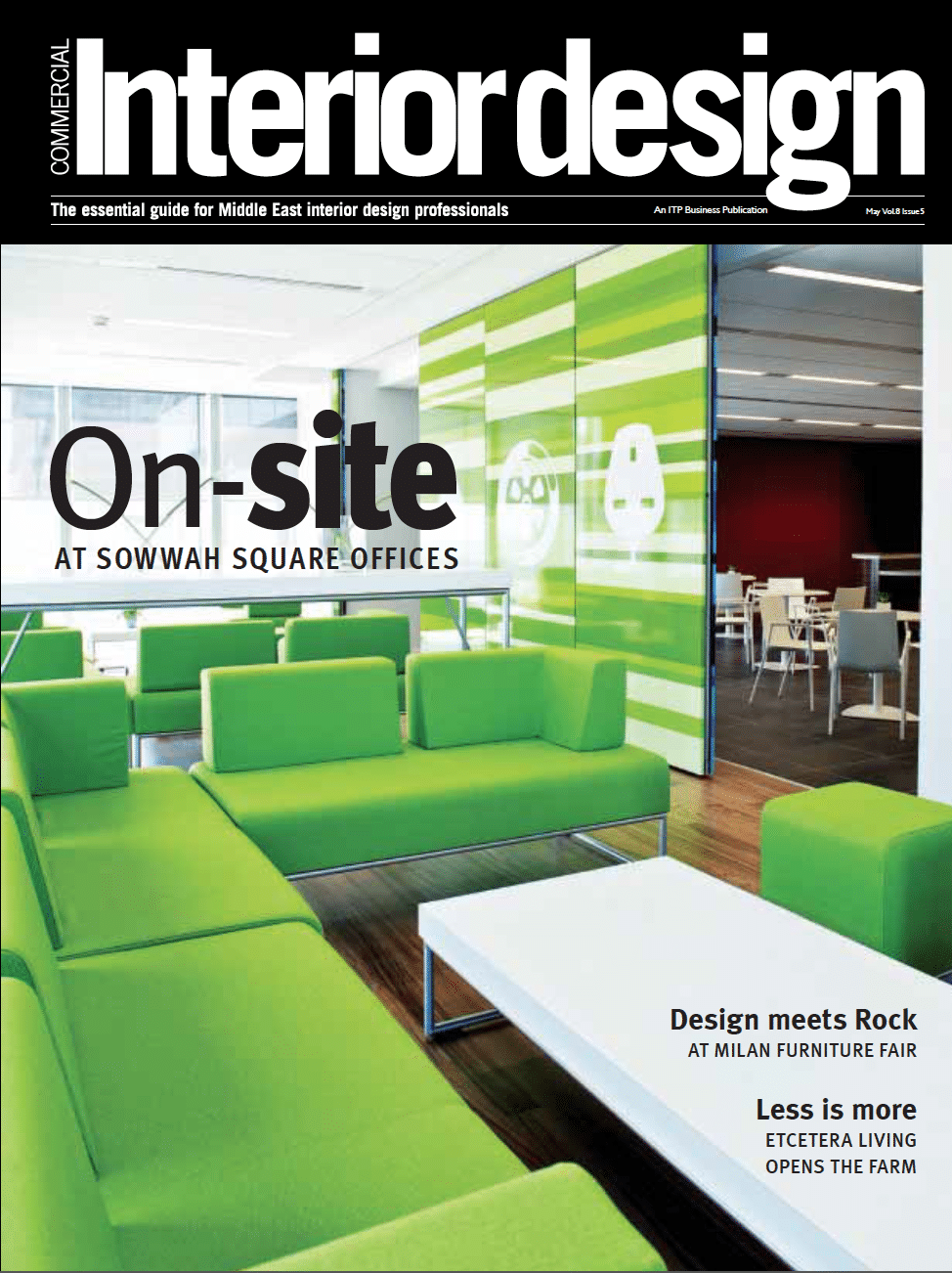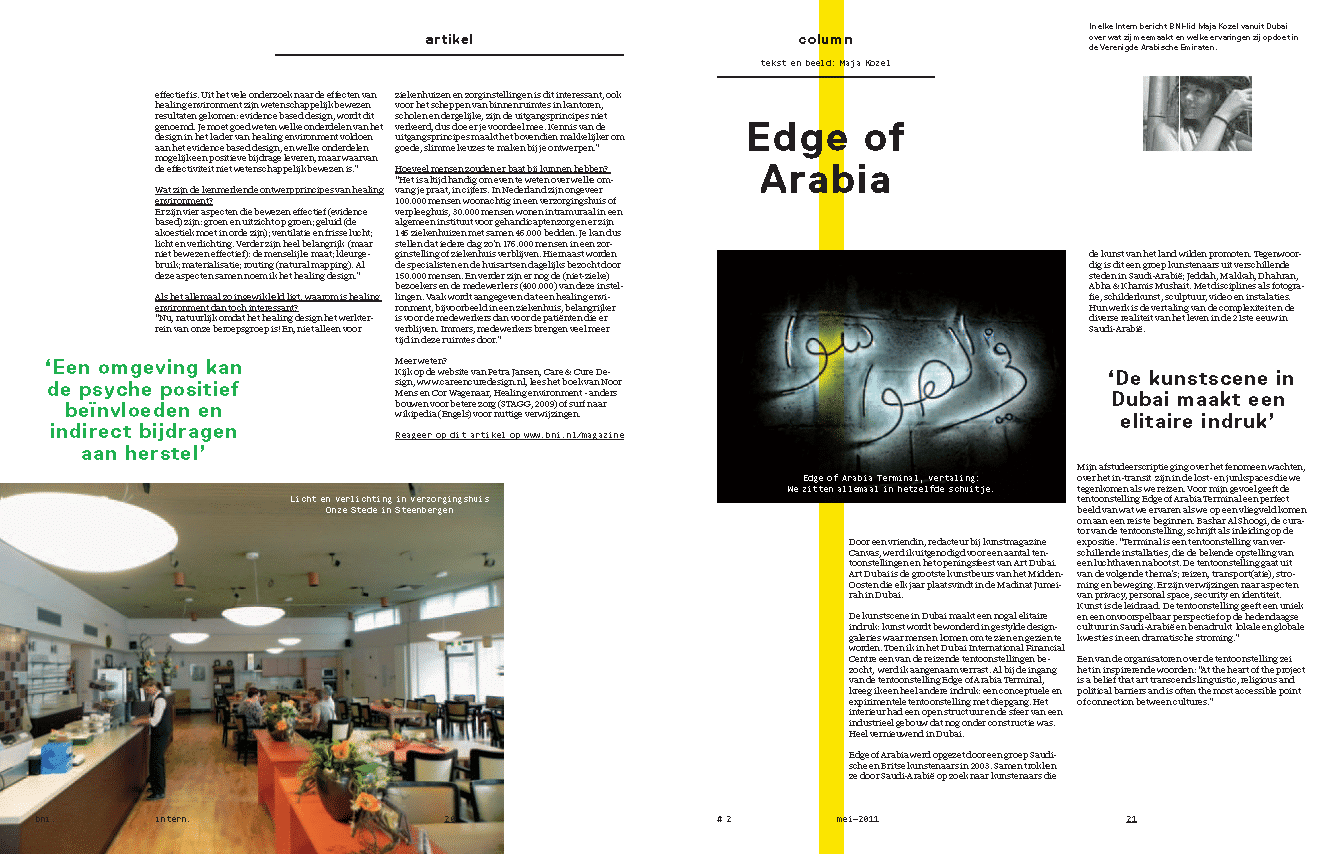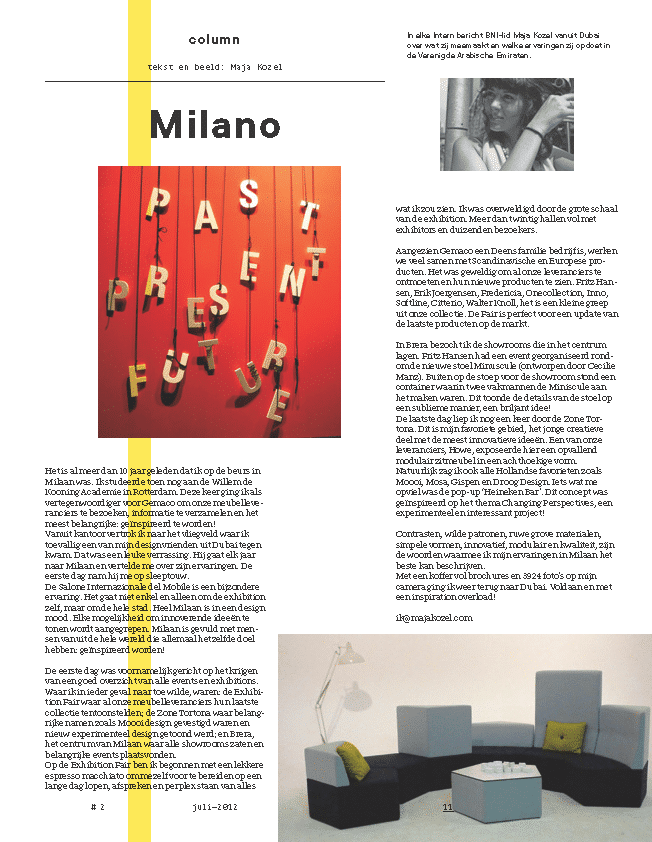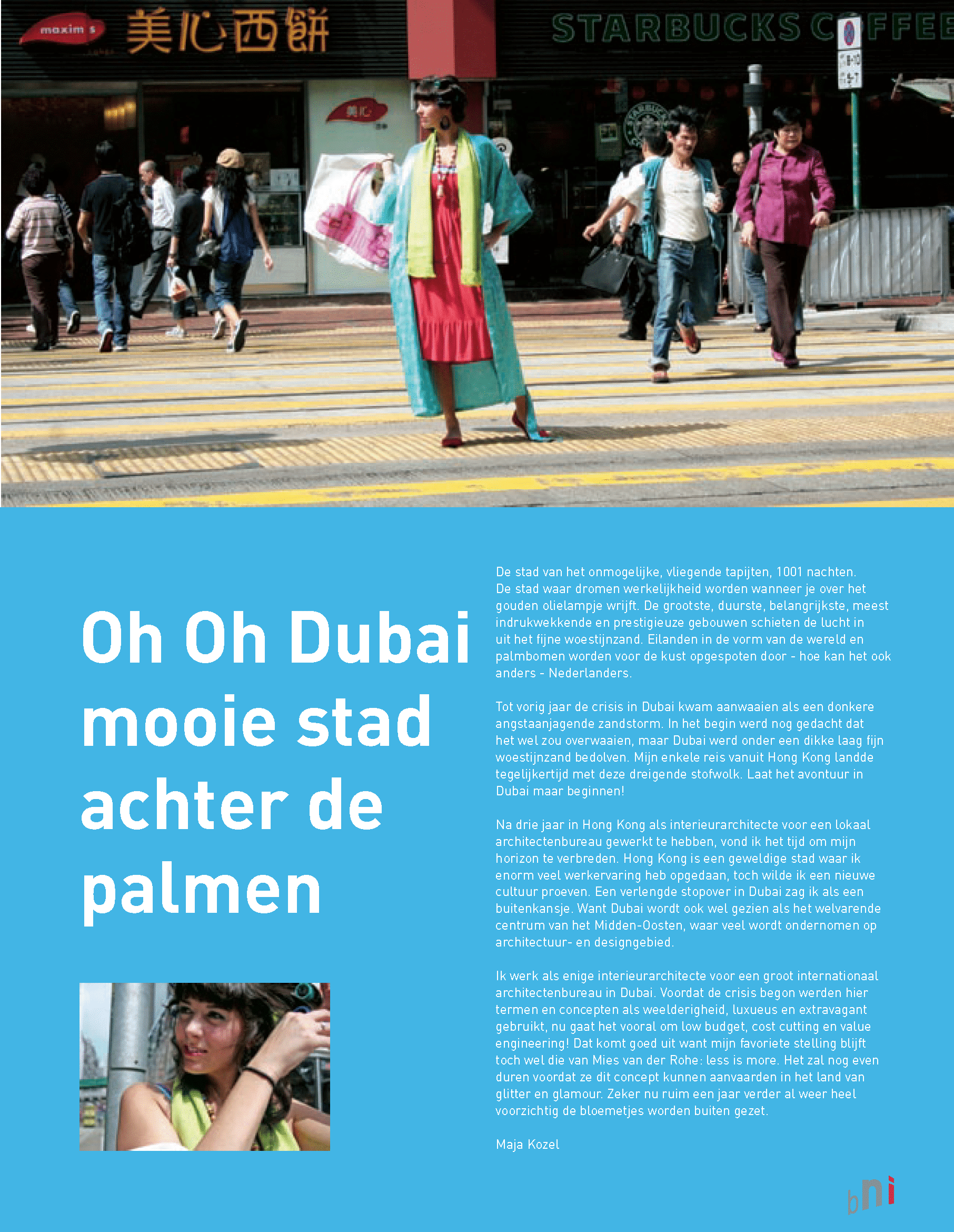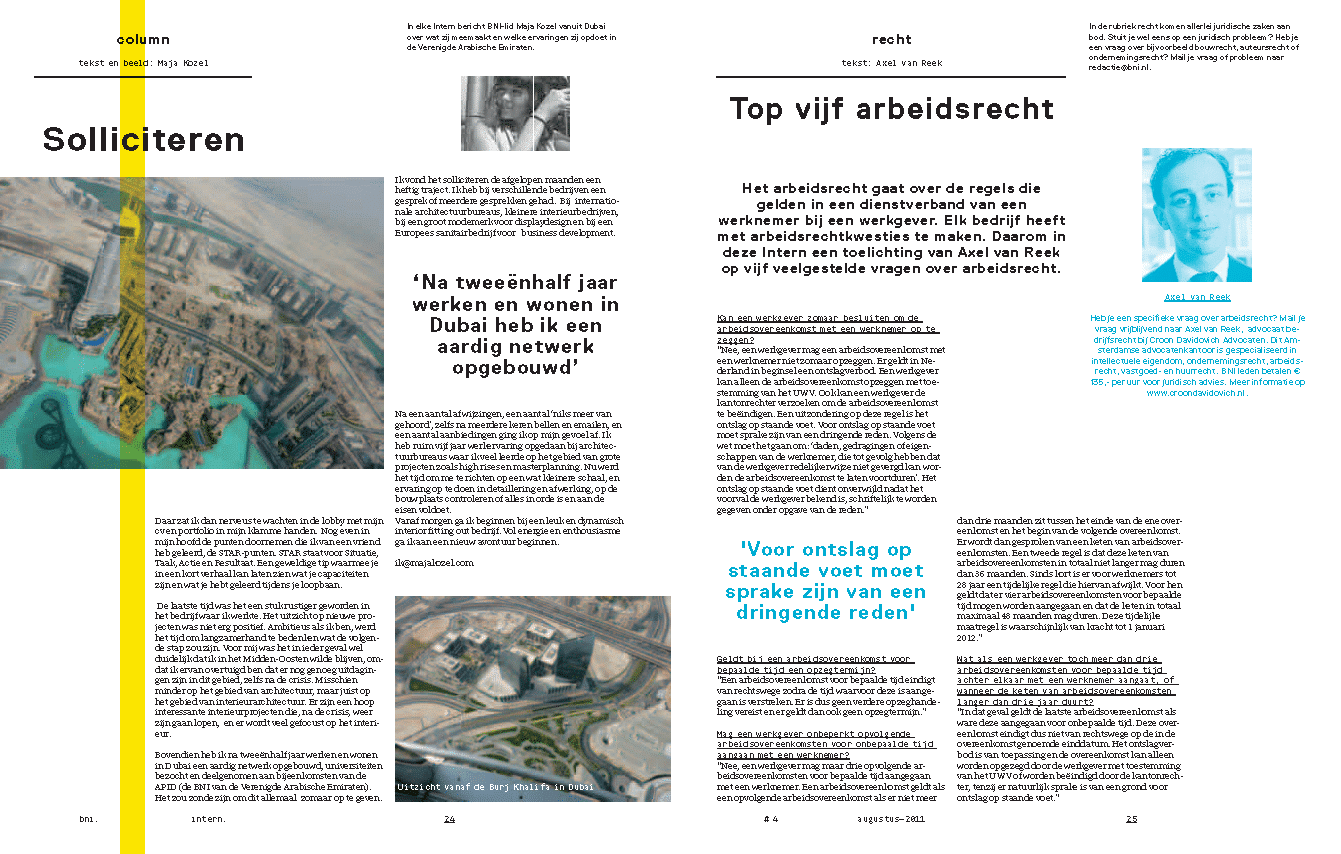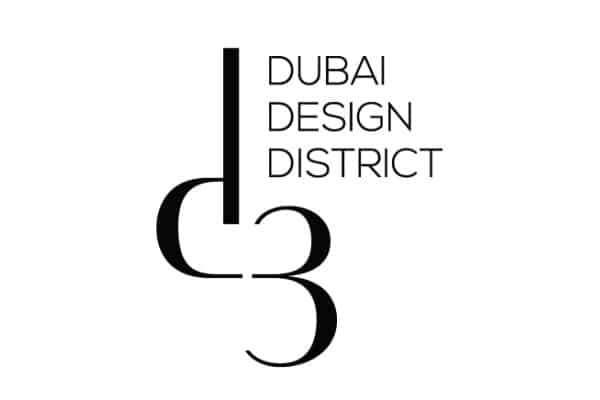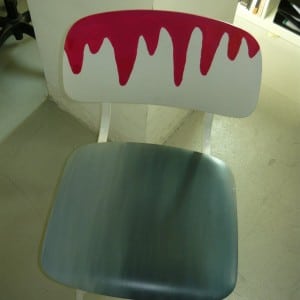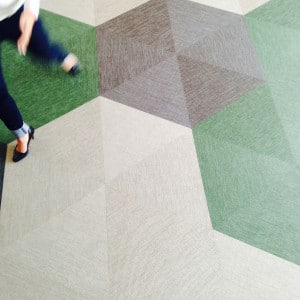Milan Design Week 2012 | Design Middle East

Salone Internazionale del Mobile is a mecca for design aficionados but many people found the sheer scale of the venue and the number of exhibitors at the Milan Fairgrounds in Rho overwhelming. Others felt, that where traditionally the fair was a place to showcase exclusive products, it has now turned into a venue where companies display everything they have on offer.
More popular were the events in the city for Milan Design Week, from La Triennale, design museum to studios in Via Tortona and showrooms in the Brera district.
“I started off at the exhibition fair with a map and an Italian espresso macchiato to prepare myself for a long day of walking, seeing and meeting.
I was absolutely overwhelmed when I reached the showground by the huge scale of it. Over 20 halls with exhibitors and thousands of people walking around,” said Maja Kozel, chief designer, Gemaco Interiors.
Similarly, Dubai designer Sonal Kotecha said she spent each day trying to soak up all that she could from the show, but still felt there was more ground left to cover.
“Austerity was perhaps the theme of this year’s biggest event on the design calendar; the Eurozone economic crisis seems to be having some significant impact with many companies who traditionally have had elaborate and expensive stands have noticeably downsized or simply reduced costs,” said Mark Marin, of Mark Marin Design in Dubai.
“Having said that there is still no substitute for the buzz and energy that the fair generates along with its now well established supplementary events such as Zona Tortona and all the other Fuori Salone (outside) events which are too many to list.”
Marin felt Flexform had the best stand with the depth and quality of its collection but some of the major firms were disappointing.
“Traditionally the fair was the venue to showcase exclusive new products but increasingly these days it seems merely a venue for simply putting everything the company does on display — in some fashion — and not necessarily anything even new,” he added.
“Perhaps the biggest event was Poltrona Frau celebrating its 100 year anniversary — the entire stable (including Cappellini and Cassina) staging a big warehouse event on Zona Tortona with an outstanding installation. However, I would have expected Poltrona Frau to have a separate and better stand-alone event for an anniversary of a company of such history and importance to the furniture industry.”
Diane Thorsen, design director, Pringle Brandon agreed and said row upon row of furniture was the same that you see in the company showrooms. She said it was convenient to have all the big names in one venue but there was nothing that stood out that had that ‘wow’ factor, or any exceptionally designed stand or product.
“A fair such as this should force designers how to rethink ideas, but it was as expected. The bathroom exhibitors were nothing extraordinary, and there was nothing revolutionary about the kitchen worktops apart from the PaperStone recycled counter surfaces, which was interesting,” she said.
The highlight for most was the Temporary Museum for New Design in Via Tortona.
Isarawan Apichoteworapat, design director, dwp | design worldwide partnership said the most interesting factor for her was not the actual ‘Fiera’ itself but the area around Milan, such as Toreona, Lambrate and Brera where she found a lot of creativity and inspiration.
“The Tortona design fair was my clear favourite, since there were a lot of outstanding exhibitions from young designers, although not only new designers, but also many brands not being shown in the Fiera,” she added.
In future, Apichoteworapat wants to see the organisers incorporate more of what is on offer around the city outside of the Fiera, to have a truly wide-ranging representation of the excitement of the furniture design industry.
“My favourite part of the week was Via Tortona’s design studio as it offered a completely fresh, innovative, and ‘out of the box’ thinking,” added Thorsen.
“Everything about it, even the furniture displays were extraordinary. The exhibitors displayed their products in a way that made you look at them in a different light for example Kusch + Co had products suspended on ropes hanging from the ceiling.”
Ana Seixas director, marketing Middle East, Africa & India, Interface, said Via Tortona is ‘a treat’. “It’s one of my favourite districts, buzzing with activity and I love being there to soak up the atmosphere. It was impossible not to feel tempted to buy everything in sight, even though most of the items are concept designs or unique pieces with price tags to match,” she said.
“The highlight for me was the Superstudio, a temporary museum for new design. Ale Jordao showcased one-of-a-kind pieces, limited edition sculpture-like chairs, shaped by pressed number plates of old cars and the ethanol bio fireplaces by Planika were exquisite.
But, the best exhibition was Lumiotec, which featured the ‘Line Light Fall’, a staggering crevice created by two walls flooded by waterfalls of luminous lights and mirrors by Japanese designer and architect Naohiko Mitshui.”
After last year’s success with The Positive Floor, Interface worked again with architect and fashion designer Francesco Maria Bandini to showcase its Metropolis collection in La Triennale design museum.
“There were a number of exhibitors participating alongside Interface which caught my eye,” said Seixas. “I was attracted to a sofa line by Karim Rashid for Chateau d’Aux and the amazing creativity displayed by designers playing with different types of marble by Marmomacc. One of the most covetable products of the week was the silicon armchair by Alessandro Ciffo.”
Thorsen, who attended the Interface exhibition said she loved the thought process behind the collection, integrating the light with the colour palette and music in the room.
“Everything came together to tell a story of a thought process in design. As designers that is what we do. Everything is a visionary combining all the senses. The theme for Metropolis played with sounds, music and the lighting to create an atmosphere of impending doom in the world story.”
According to Kozel, Salone del Mobile is not only about the exhibition fair, the entire city is in design mode. “In Brera I visited the showrooms in the centre of town. Fritz Hansen was hosting an event and launched its chair, Minuscule, designed by Cecilie Manz. Outside the showroom they had a small place where two gentleman were making the chair, which illustrated the detailing and the dedication that goes into the product instead of showing the end result,” she said.
“My favourite was Via Tortona. I see it as the young creative part of the fair where new and innovative designers are exhibiting.
“One of our suppliers, Howe, was showing its modular soft seating in an extraordinary octangular shape, which will be launched in May.
“Of course, being Dutch, I had to visit some of Holland’s favourites: Moooi, Mosa and Gispen.”
Pallavi Dean, freelance interior designer, former associate GAJ, said the fair itself is product oriented but the exhibitions and installations around the city is where it’s all happening.
“For me, Atelier Oi’s installation for Swiss company, Laufen bathrooms, really captured the essence of the brand. The designers suspended a series of rotating mirrors, across which water drips and is captured in an array of Laufen’s washbasins. As the mirrors rotated they captured reflections of the surrounding space and products, creating a dramatic effect,” she said.
“While the main fair focuses on commercial and mainstream manufacturers and suppliers, Salone Sateliite brings together up-and-coming young designers with talent scouts and trend spotters. This is a highly competitive platform and the work I came across here was truly innovative.
The highlight for me was seeing the works of home grown talent from the American University of Sharjah. The eight furniture pieces on display were produced in a furniture design studio at the school. Besides the obvious aesthetic appeal, the work had a strong graphic and cultural component.
The stand itself made a strong impact and generated a lot of curiosity about the university and the region as the whole. Many of the prototypes presented in previous editions of Salone have gone into production. These young Arab designers are definitely the ones to watch.”
Marin said other highlights were; Minotti Cucine at EuroCucina, which ‘continues to redefine the kitchen with its adventurous handling of fine materials’, in this case stone and glass to create a highly architectural object; Boffi with its extensive collection at its Via Solferino showroom and Molteni, which paid tribute to the work of the famous Italian architect, Gio Ponti, with a re-editioning of his arm-chairs, tables and storage units.
Apichoteworapat added that Salone del Mobile, is great in terms of being able to find new trends, materials, and for obtaining information, and making contacts in the industry. However, not every brand is represented and small, innovative furniture designers can’t always afford to display their products at the show, so it does tend to be quite commercial.
“The stand that piqued my curiosity was Jean Nouvel’s design for Swedish vinyl flooring company Bolon,” said Dean. “The quirky stand had life-size statues of Nouvel himself floating on the walls, ceiling and floors, inviting passersby to take pictures with the statues.
The product was used on all the surfaces of the stand, forming a backdrop for photographs. Unlike the other stands the design didn’t overpower the product that it was showcasing. Bolon also unveiled its collection, Bolon by Missoni, which brings the classic Missoni patterns into interiors. Not only does woven vinyl look fashionable, it’s slip resistant and has great acoustical properties making it a durable alternative to conventional carpet flooring.”
Marin said one of the most interesting installations was by Citroen in Via Montenapoleone, of some of its classic models including the Pallas and its joint venture vehicle with Maserati, the SM from 1970. “Milan is about design in all its forms, not just furniture,” he said.
read more on the Design MENA website Milan Design Week 2012 | Design Middle East.
